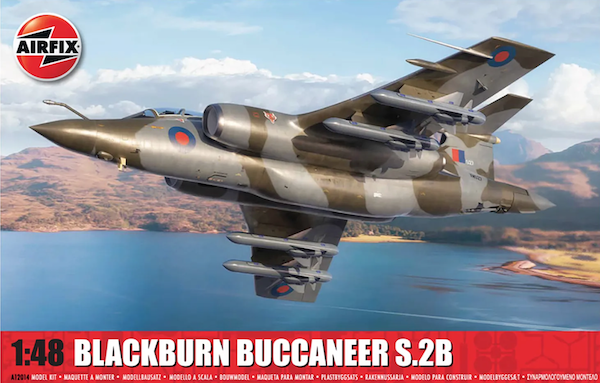
Full Review with Dave Coward
Background
This is the second release of this kit, the first being the Royal Navy S.2C/D. This kit contains an additional sprue covering the additional parts and weapons required for the RAF version along with a decal sheet covering 4 options.
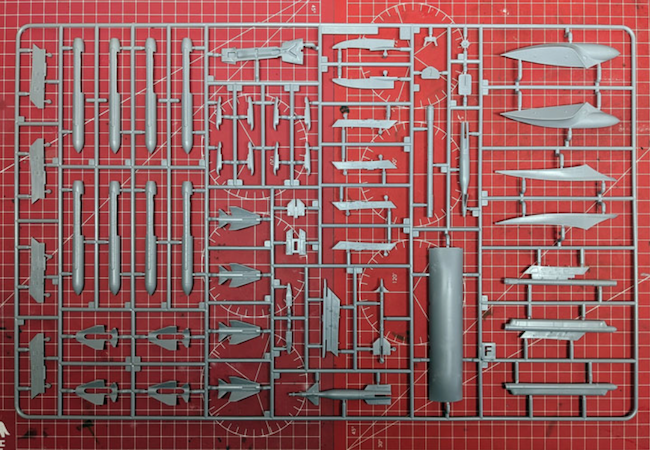
An in depth Here Now In-Box Browse by Geoff can be found here that gives a far better insight into what is in the box. Additionally, both Geoff and myself have done build reviews of the RN version (at the time of writing) that can be found here: Geoff’s build and Dave’s build.
Just before we get started, here’s a look at how this one turned out…
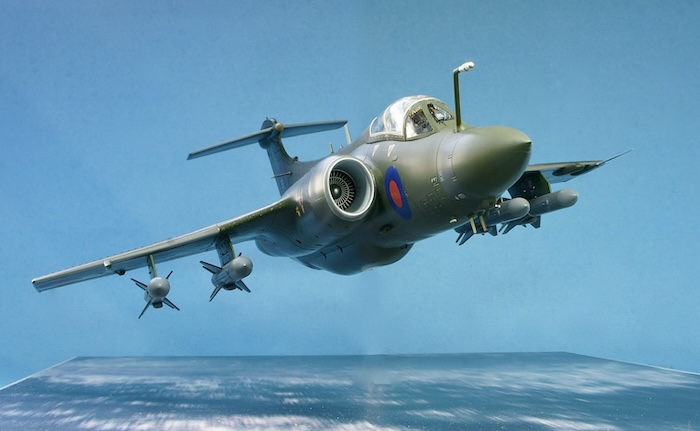
The Buccaneer in RAF service…
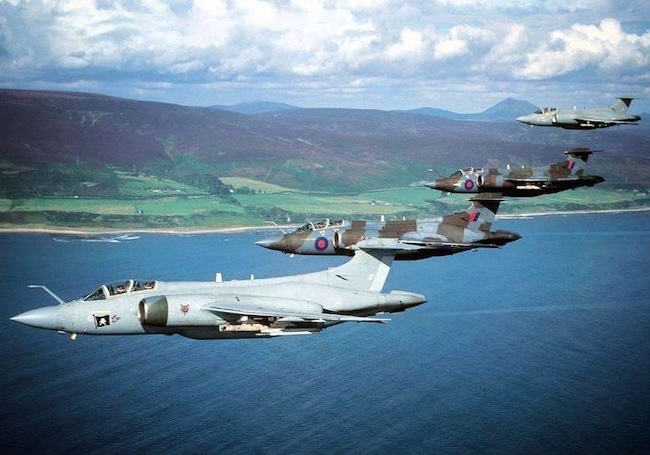
Blackburn’s first attempt to sell the Buccaneer to the Royal Air Force occurred in 1957–1958, in response to the Air Ministry Operational Requirement OR.339, for a replacement for the RAF’s English Electric Canberra light bombers, with supersonic speed, and a 1,000-nautical-mile combat radius; asking for an all-weather aircraft that could deliver nuclear weapons over a long range, operate at high level at Mach 2+ or low level at Mach 1.2, with STOL performance. Blackburn proposed two designs, the B.103A, a simple modification of the Buccaneer S.1 with more fuel, and the B.108, a more extensively modified aircraft with more sophisticated avionics. Against a background of inter-service distrust, political issues, and the 1957 Defence White Paper, both types were rejected by the RAF; as being firmly subsonic, and incapable of meeting the RAF’s range requirements; while the B.108, which retained Gyron Junior engines while being 10,000 pounds heavier than the S.1, would have been severely underpowered, giving poor short-take off performance. The BAC TSR-2 was eventually selected in 1959.
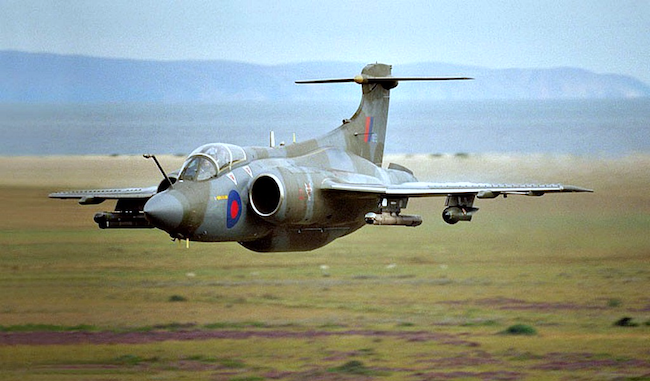
After the cancellation of the TSR-2, and then the substitute American General Dynamics F-111K, the Royal Air Force still required a replacement for its Canberras in the low-level strike role, while the planned retirement for the Royal Navy’s aircraft carriers meant that the RAF would also need to add a maritime strike capability. It was therefore decided in 1968 that the RAF would adopt the Buccaneer, both by the purchase of new-build aircraft, and by taking over the Fleet Air Arm’s Buccaneers as the carriers were retired. A total of 46 new-build aircraft for the RAF were built by Blackburn’s successor, Hawker Siddeley, designated S.2B. These had RAF-type communications and avionics equipment, Martel air-to-surface missile capability, and could be equipped with a bulged bomb-bay door containing an extra fuel tank.
Some Fleet Air Arm Buccaneers were modified in-service to also carry the Martel anti-ship missile. Martel-capable FAA aircraft were later re-designated S.2D. The remaining aircraft became S.2C. RAF aircraft were given various upgrades. Self-defence was improved by the addition of the AN/ALQ-101 electronic countermeasures (ECM) pod, chaff and flare dispensers, and AIM-9 Sidewinder capability. RAF low-level strike Buccaneers could carry out what was known as ‘retard defence’; four 1,000-pound retarded bombs carried internally could be dropped to provide an effective deterrent against any following aircraft. In 1979, the RAF obtained the American AN/AVQ-23E Pave Spike laser designator pod for Paveway II laser-guided bombs; allowing the aircraft to act as target designators for further Buccaneers, Jaguars, and other strike aircraft. From 1986, No. 208 Squadron RAF, then No. 12 (B) Squadron, replaced the Martel ASM with the Sea Eagle missile.
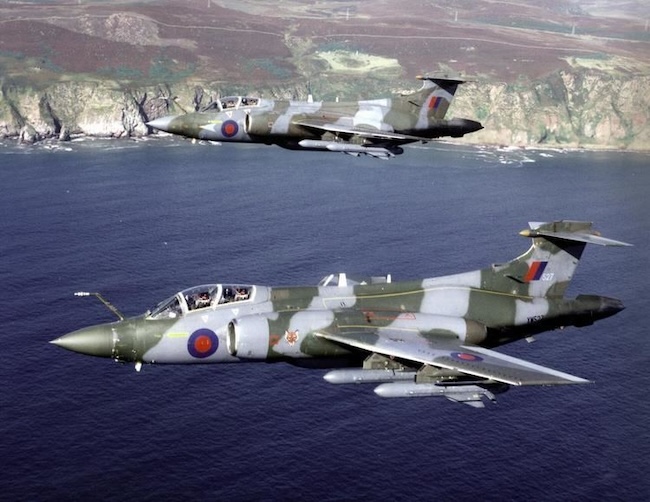
Aftermarket Extras:
Eduard Buccaneer Interior EDFE1316
Quinta MDC cord QP48018
Master Pitot tube and AAR probe MR48-100
Quickboost Buccaneer Antenna QB49008
PJ productions RAF Pilots PJ48115
Coastal Kits Large Sea Blur Base.